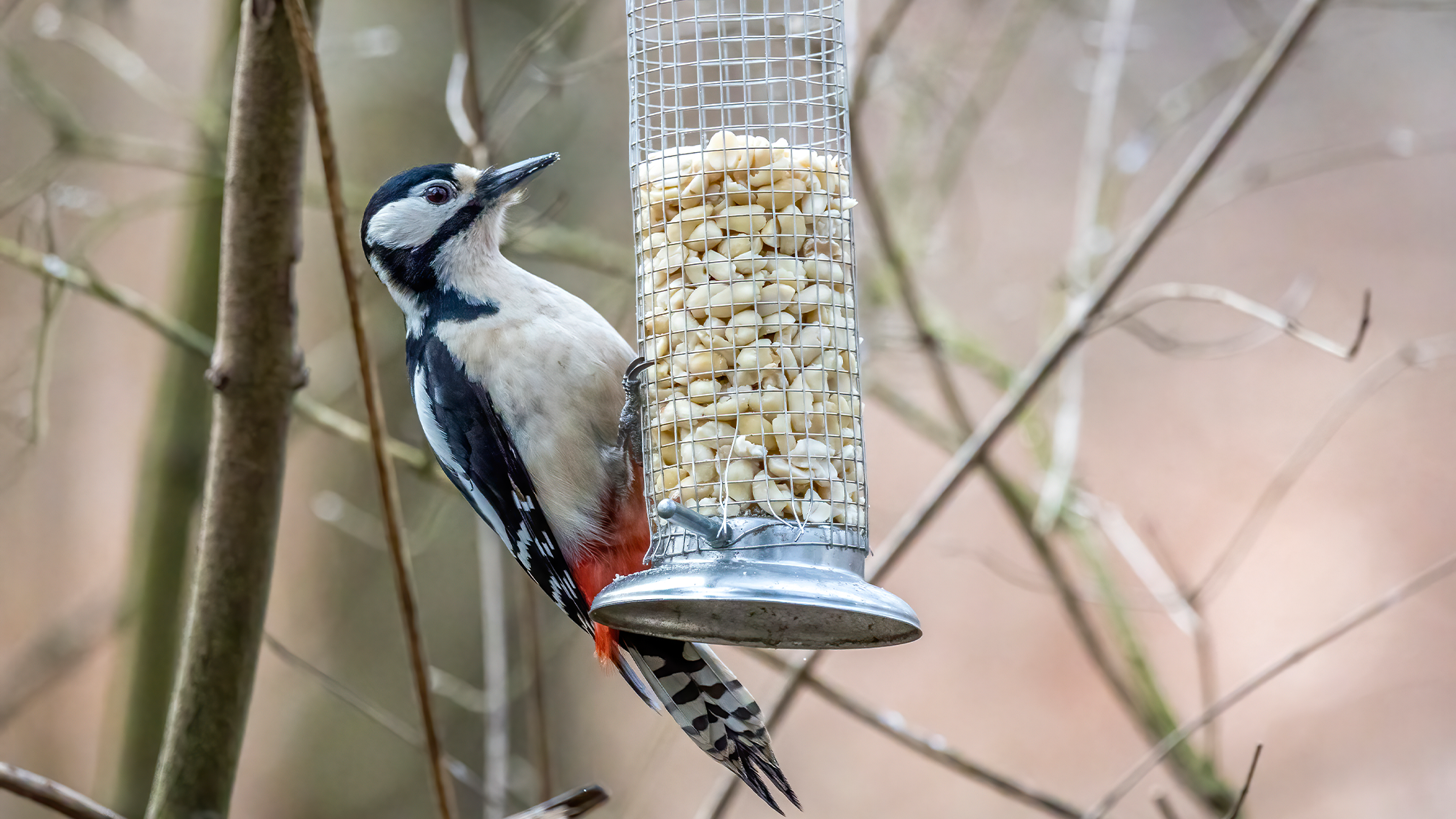

When the world shut down in the earliest days of the COVID-19 pandemic, people needed to find entertainment and stimulation somewhere. Binging Tiger King on Netflix or making sourdough starter or taking daily walks in nature rapidly became the thing to do. Now, scientists are beginning to quantify just how much collective interest in another COVID hobby—watching and feeding birds—picked up during lockdown.
[Related: Lockdown made cities friendlier for some birds.]
In a study published August 2 in the open-access journal PLOS ONE, a team of researchers used data from Google search index and found that interest in bird feeding surged 115 countries while people were home due to the lockdowns. The work is offering new insight into human-bird interactions around the world.
Previous research shows that interest in common bird species and friend birds increased during lockdown. The latest study’s team used Google search data to analyze whether there was an increased interest in bird feeding and wild birds at a global and individual-country scale during and after COVID-19 lockdowns compared with before the restrictions began. They also looked at if the level of interest in bird feeding in a country is linked to species richness.
“This study first tests whether this pattern—increased interest in bird feeding in response to COVID-19 lockdowns—holds true for all countries, including those in the Southern Hemisphere,”study co-author and Griffith University in Australia Professor Emeritus Darryl Jones said in a statement. “If so, COVID-19 lockdowns offered a way to reveal the global extent of bird feeding interest, something that is poorly understood.”
They observed the weekly frequency of search terms such as “bird feeder,” “bird food,” and “bird bath” for all countries that had sufficient search volumes from January 1, 2019 to May 31, 2020 to see if there was an increase in bird-specific searches during each country’s specific lockdown period (typically around February to April 2020). Data on nation-level bird species from BirdLife International was used to measure species richness.
For a period of 52 weeks before the lockdowns, they found that the search intensity was similar to the weeks preceding lockdown on average. After roughly two weeks of lockdowns, a dramatic spike in bird feeding search intensity was evident and the result mirrored the interest in these topics found in the United States, a country with well-documented interest in bird feeding.
[Related: Expert-approved ways to feed all your favorite birds.]
Countries that did not have bird-related search interest had an average of 294 bird species, whereas the countries that showed a search interest had an average of 511 bird species. Since the proxy measurement for bird feeding interest is a Google search, lower income countries and those with less internet access may not have been captured as well despite an interest in bird feeding practices. The authors note that their method did still capture a surge of interest outside of the United States and the United Kingdom in countries such as Kenya and Pakistan.
This knowledge on supplementary bird feeding around the world can help scientists better understand bird communities and their migratory patterns. According to the authors, while providing supplementary food for wild birds can be beneficial in terms of survival during lean times and improve health, there is also evidence that suggests that bird feeding may change ecological communities and may have negative effects on species biodiversity.
“If bird feeding is common in other parts of the world, this could impact migration and disease patterns,” said Jones. “It is imperative that we understand the global extent of bird feeding in order to gain a more comprehensive understanding of its potential impacts on both avian and human well-being at a continental and global scale.”
Additionally, the team found that some of the reasons for the increased interest in feeding the birds during lockdown was likely related to changes in the relative costs of leisure activities and the psychological benefits of connecting with the natural world during stressful events.
[Related: Owls, puffins, and even city pigeons glam it up in winning bird photos.]
“If access to other nature-based activities was also reduced, this would make bird feeding seem relatively more attractive,” said Jones. “Moreover, forced time at home during lockdowns may have increased opportunities for people to notice birds in their gardens and may have piqued their interest in bird feeding.”
Future studies could further explore the feeding patterns in parts of the world with limited formal data collection and increase the cultural and biophysical diversity of the locations where local bird feeding is studied.
